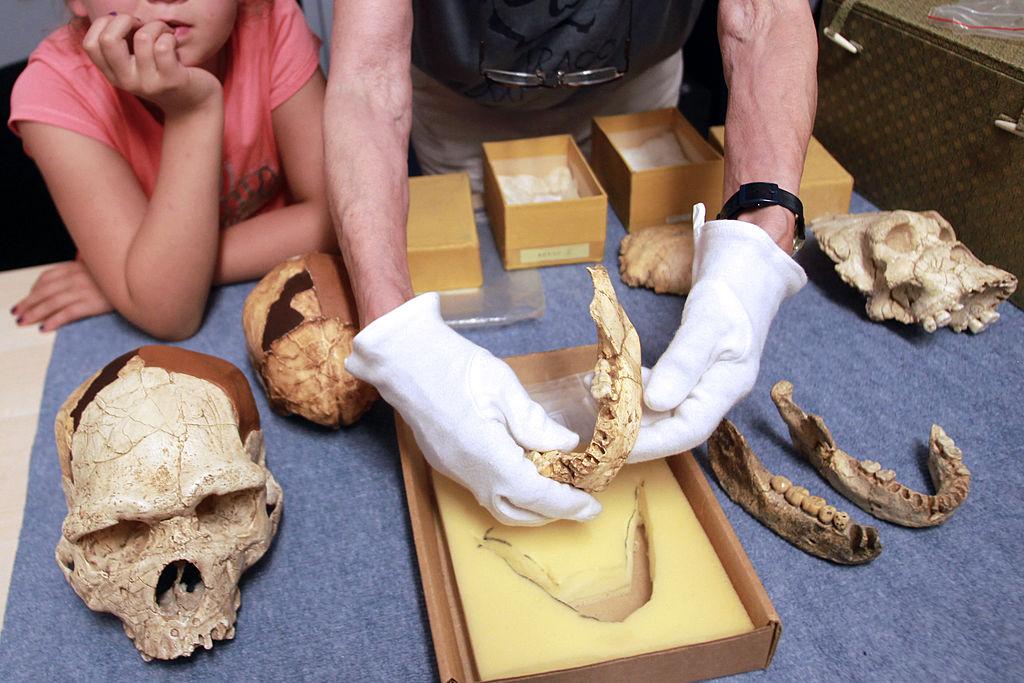An early ancestor of our species, Homo erectus, was a lot tougher and more adaptable than was long believed, a new study has revealed.
In an international effort, researchers from the University of Queensland School of Social Science and the Australian Research Centre for Human Evolution (ARCHE) at Griffith University, alongside scientists from Canada, Spain, Tanzania, Ethiopia, Germany, and the United States, examined early hominins.





